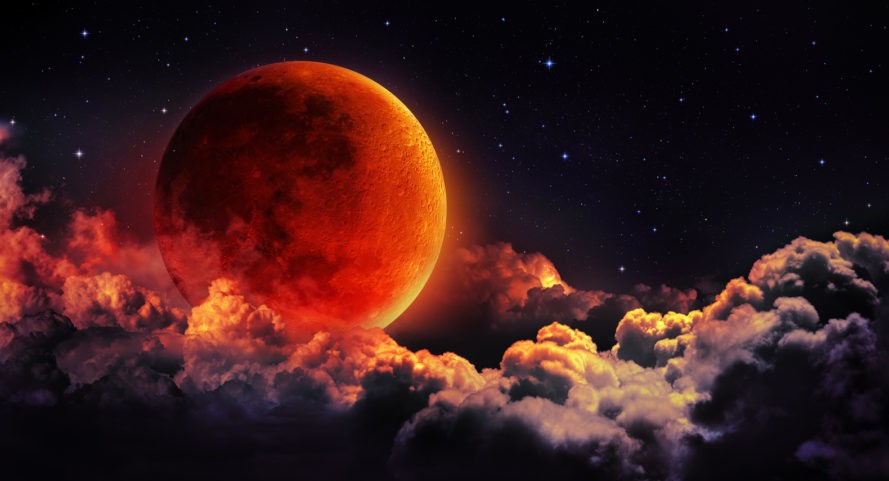
Total lunar eclipse to bring 152 years old event into limelight on 31st January
The last day of the year’s first month marks the occurrence of a rare but beautiful phenomenon that is supposed to occur after a long gap of about 152 years. The New Year started with a supermoon which was followed by a Wolf Moon and now the residents of the blue planet get to experience a rare red colored moon on the last day of January.
Three eclipse occurring together in a single go isn’t something seen usually. Previously, this event took place around 152 years ago on March 31st, 1866. This total lunar eclipse event is a combination of the blue moon along with blood moon and supermoon.
We see a lunar eclipse when our blue planet aligns in between the moon and our sun. This results in the obstruction of direct light falling on the moon due to Earth’s shadow. The Earth’s shadow we see on the moon as this happens is known as a lunar eclipse. Now, during the total lunar eclipse, a full moon crosses the earth’s shadow directly. As this happens, the sunlight falling on Earth is filtered through its atmosphere causing the blue light to be absorbed and red light with a longer wavelength to reach the lunar surface. This is why the moon looks reddish as we look at it from our viewpoint.
Mostly lunar eclipses occur in a frequency of 2 to 5 in a year. However, a total lunar eclipse is rather rare. Earthlings saw a total lunar eclipse in the year 2015 before the latest one. The next total lunar eclipse is set to occur in the year 2019 followed by the year 2021.For people in Vancouver, the total lunar eclipse shall commence from 4:52 a.m that will end by 6:08 a.m on January 31st.
Most of the time lunar eclipses aren’t harmful to the eyes and can be seen directly without the use of any special glasses. For folks who want a closer look at the event, a good binocular or telescope is highly recommended. You can also click some pictures of this rare celestial event with a DSLR camera and tripod.


